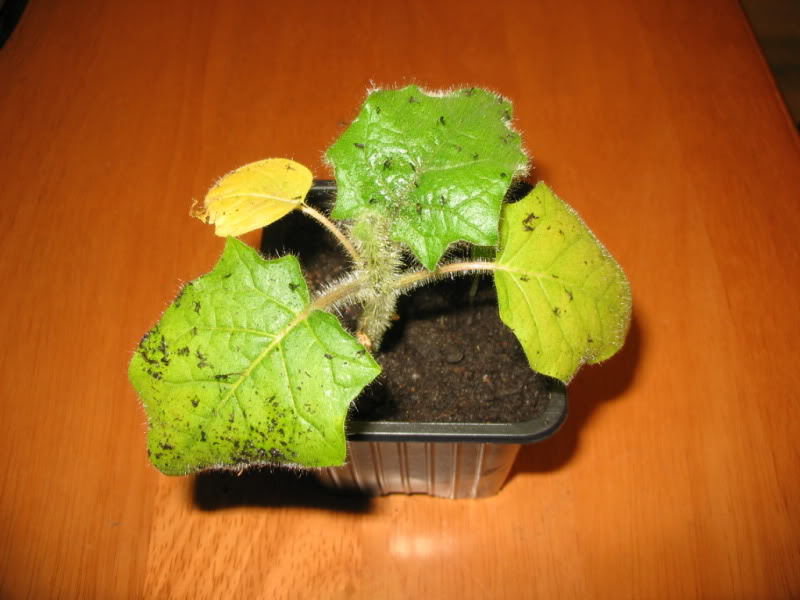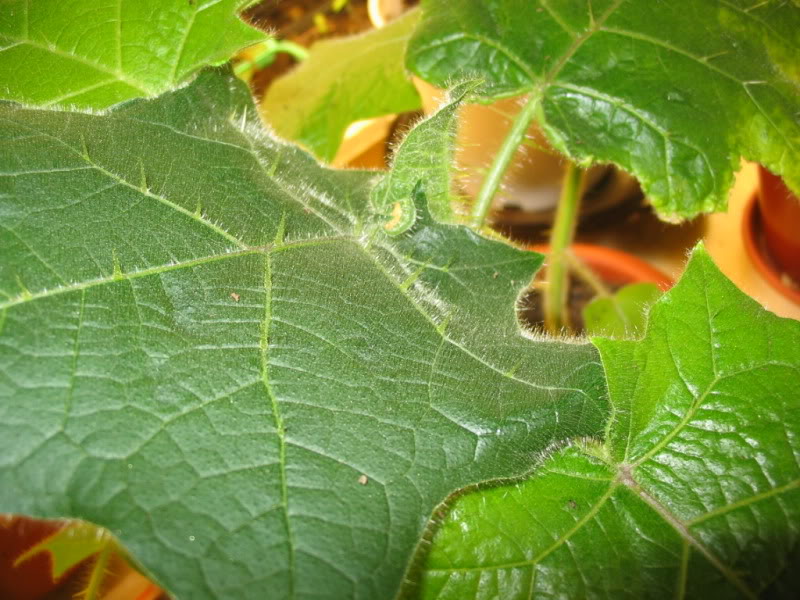(sorry for replying to an old post)
I've tried growing naranjilla along with some other South American Solanaceae species indoors and in a greenhouse. Didn't set fruit for me, but I think I got some flowers, I think the temperatures were not right for these plants (either too low or too high). Plant is rather interesting looking, with mean spikes all over it, even sticking out of the leaves.
Some flower shops have lately had naranjilla (Solanum quitoense or S. hirsutissimum) for sale under the name "Jurassica", claiming that this plant has fought with Tyrannosaurus rex in the jurassic period, which obviously is just a load of crap. In the jurassic period, 200-400 million years ago, there was only one continent in the world, Pangaia, and if the plant had lived there, it should now live on all continents and not just in S-America. So the maximum age for the species is 130 million years (that's when South America detached). Tyrannosaurus rex lived only in North America, so it had quite a journey before it was able to fight with the spikes of Naranjilla

Those marketing people, they really have good imagination - if the plant has spikes all over it, it must have been living with the meanest predator of all times. Actually, IF Tyrannosaurus Rex was a predator, it certainly had no reason to fight with plants since predators are usually not so fond of fruits.
(
http://takeawaytrends.com/plant.php?plant=Jurassica&id=123 )
If you want to grow naranjilla, one good option for ordering seeds is Rio Guaycuyacu seeds sales:
http://www.ecuadorexplorer.com/guaycuyacu/fruits_1.html
I have ordered seeds from there once or twice, good service though they don't have internet connection at the farm and so the order may take some time. Germination has also been good, only one Passiflora species didn't germinate for me. There's this Naranjilla relative, "Baquicha" on the list, that's very interesting plant, much more ornamental than naranjilla. I didn't get fruits from that one either, but the plant looked great! Would be nice to know the scientific name for that.
Naranjilla is also presented in Dr. Charles B. Heiser Jr's book "The fascinating world of nightshades", with many other interesting Solanaceae plants, so if you get your hands on this book (I don't sell mine) it's worth checking out.
One interesting thing about the naranjilla is, that its spiky and hairy leaves and stalks seem to act as natural flytraps. All the little flies and gnats get trapped to the hairs and spikes and die there. I wonder if this serves any meaning in for the plant?
Small naranjilla seedling has catched some gnats or something like that:

Some naranjilla spikes:

If you want to find a culinary variety, I think Ecuador and Colombia around there are the places to turn to.I have not had a chance to taste, but they tell that the fruit juice is very sour before sugar and water is added, then it makes a nice refreshing drink. Heiser says in his book, that the aroma is lost in canning, I don't know if that problem has yet been solved.











